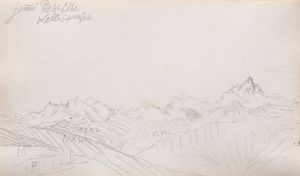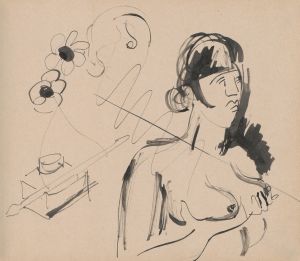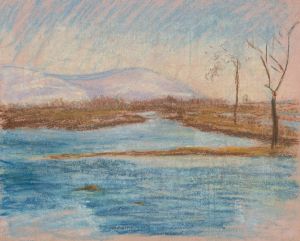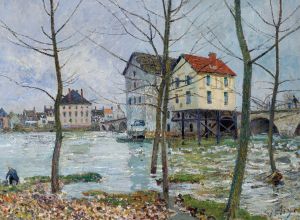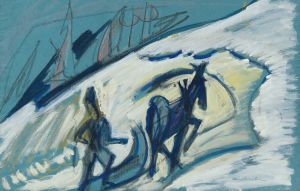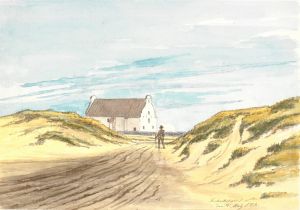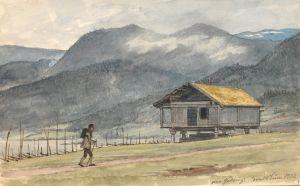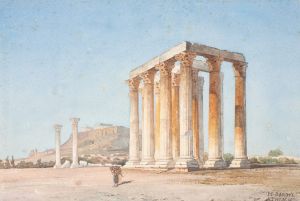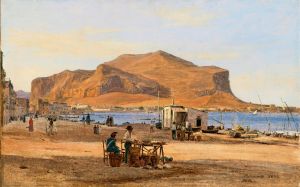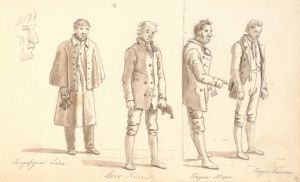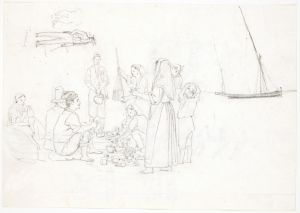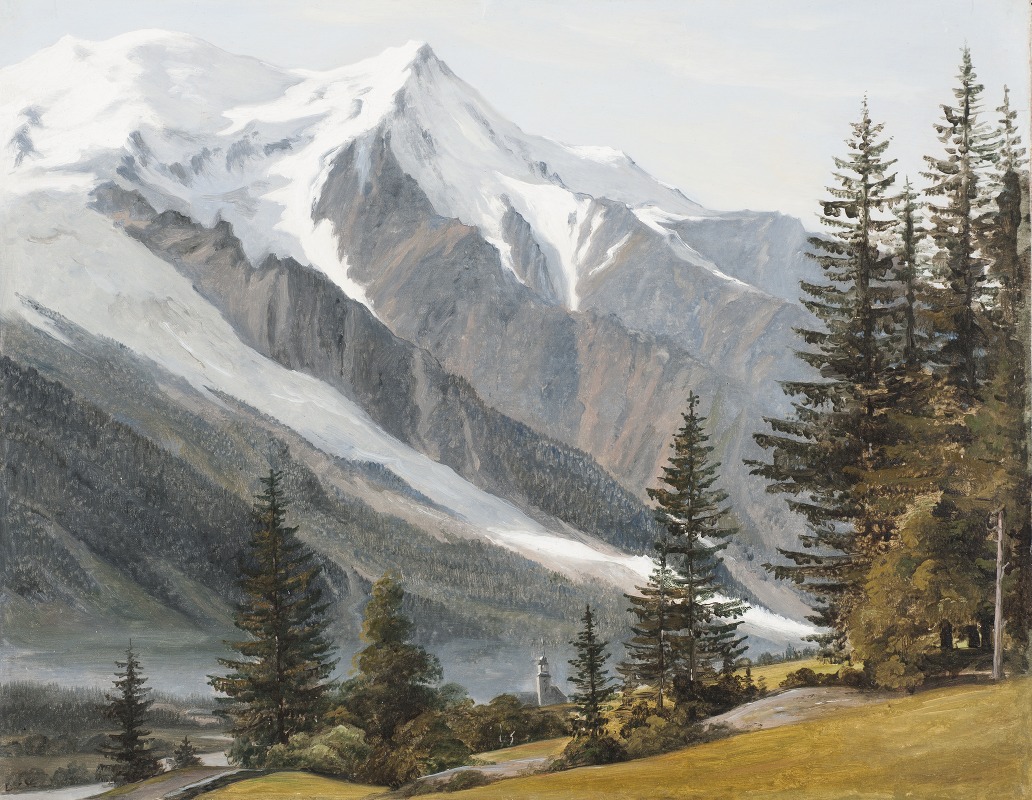
Vy mot Chamonix-Mont-Blanc
A hand-painted replica of Martinus Rørbye’s masterpiece Vy mot Chamonix-Mont-Blanc, meticulously crafted by professional artists to capture the true essence of the original. Each piece is created with museum-quality canvas and rare mineral pigments, carefully painted by experienced artists with delicate brushstrokes and rich, layered colors to perfectly recreate the texture of the original artwork. Unlike machine-printed reproductions, this hand-painted version brings the painting to life, infused with the artist’s emotions and skill in every stroke. Whether for personal collection or home decoration, it instantly elevates the artistic atmosphere of any space.
Martinus Rørbye was a prominent Danish painter associated with the Golden Age of Danish Painting, a period in the first half of the 19th century known for its artistic flourishing in Denmark. Born on May 17, 1803, in Drammen, Norway, Rørbye moved to Denmark with his family and later became a significant figure in Danish art. He studied at the Royal Danish Academy of Fine Arts in Copenhagen, where he was influenced by the teachings of Christoffer Wilhelm Eckersberg, often referred to as the father of Danish painting.
Rørbye is known for his detailed and realistic landscapes, as well as his ability to capture the essence of the places he visited. His travels across Europe, including Italy, Greece, and Turkey, provided him with a wealth of inspiration and subject matter. These journeys were instrumental in shaping his artistic style, which combined meticulous observation with a romantic sensibility.
"Vy mot Chamonix-Mont-Blanc" is one of Rørbye's works that exemplifies his skill in landscape painting. The title translates to "View towards Chamonix-Mont-Blanc," indicating the geographical focus of the painting. Chamonix-Mont-Blanc is a renowned resort area in the French Alps, famous for its stunning mountain scenery and as a gateway to Mont Blanc, the highest peak in the Alps.
The painting captures the majestic beauty of the alpine landscape, showcasing Rørbye's ability to render natural scenes with precision and emotional depth. His use of light and shadow, along with a keen attention to detail, brings the scene to life, inviting viewers to experience the awe-inspiring grandeur of the mountains. The composition likely reflects Rørbye's interest in the sublime, a popular theme in Romantic art that emphasizes the power and beauty of nature.
Rørbye's work is characterized by a balance between realism and romanticism, and "Vy mot Chamonix-Mont-Blanc" is no exception. The painting not only depicts a specific location but also conveys a sense of the artist's personal experience and emotional response to the landscape. This approach is typical of Rørbye's oeuvre, where he often sought to capture the spirit of a place rather than just its physical appearance.
Throughout his career, Rørbye remained committed to exploring new places and subjects, which is evident in the diversity of his work. His paintings are celebrated for their technical skill, compositional harmony, and the ability to evoke a sense of place and time. Rørbye's contributions to Danish art have been recognized as significant, and his works continue to be studied and appreciated for their artistic and historical value.
"Vy mot Chamonix-Mont-Blanc" stands as a testament to Rørbye's talent and his dedication to capturing the beauty of the world around him. While specific details about the painting's creation, such as its exact date or current location, might not be readily available, the work remains an important part of Rørbye's legacy and a fine example of 19th-century landscape painting.






